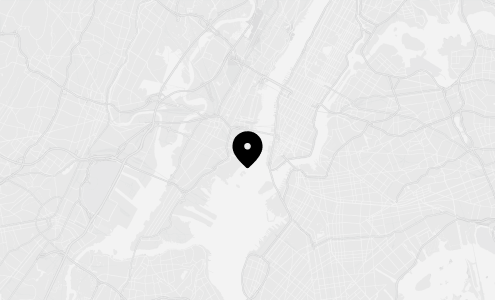Real Club de Golf El Prat (Pink Course)
Instant Booking
Confirmation
Trusted by
1M+ Golfers
Free Changes
& Cancellations
The world-renowned course, which is just 35 minutes from the center of the vibrant Catalan capital Barcelona, is steeped in history, with Real Club de Golf El Prat is regarded as one of the finest golf clubs in Spain, having hosted more than 250 top-level national and international championships, including the Spanish Open on 10 occasions.
The world-renowned course, which is just 35 minutes from the center of the vibrant Catalan capital Barcelona, is steeped in history, with its roots dating back to 1912, while it is one of the few clubs to have been granted “Real” or Royal status by King Alonso XIII after his visit.
Real Club de Golf El Prat has played host to some of the biggest names in the game with top stars such as Spanish legends Severiano Ballesteros, José Maria Olazábal and Sergio Garcia, eight-time Major winner Tom Watson, and Tommy Fleetwood having featured there in various tournaments, while Masters champion Garcia and European Tour star Pablo Larrazábal are both members.
The Pink course comprises the “Bosque” and “Arriba” nine-hole layouts. This is one of the most enjoyable layouts – and course designer Greg Norman’s favourite. It starts with a narrow and very technical first nine holes and a demanding second nine where recovery shots play a key role in ensuring a good score. The long par-three 6th and the always-fearsome 17th are the most outstanding holes on this course. The daunting par-three 6th leaves few players unscathed. The high, volcano-shaped green bounces any shot that is not spot-on to the surrounding waste bunker. This hole, one of the course’s most memorable, will leave lasting memories. The 17th is a tough uphill par four where the tee shot is once again key to posting a good score. The bunker on the right of the drive’s descent is one of the most frequented areas of the course as players are forced to avoid the hazard running along the entire left side of the hole. The semi-blind green approach requires a high, well-directed flight to avoid the bunkers at the front and rear of the green, leaving a long putt on its fast surface. Perhaps one of the course’s most complicated holes is the 8th, which is again surrounded by trees on both sides. It takes a long, well-centred tee shot to minimise the distance of the approach shot to a small green well defended by three bunkers and the surrounding pines.
Course Details
Club Facilities
Weather
Location

